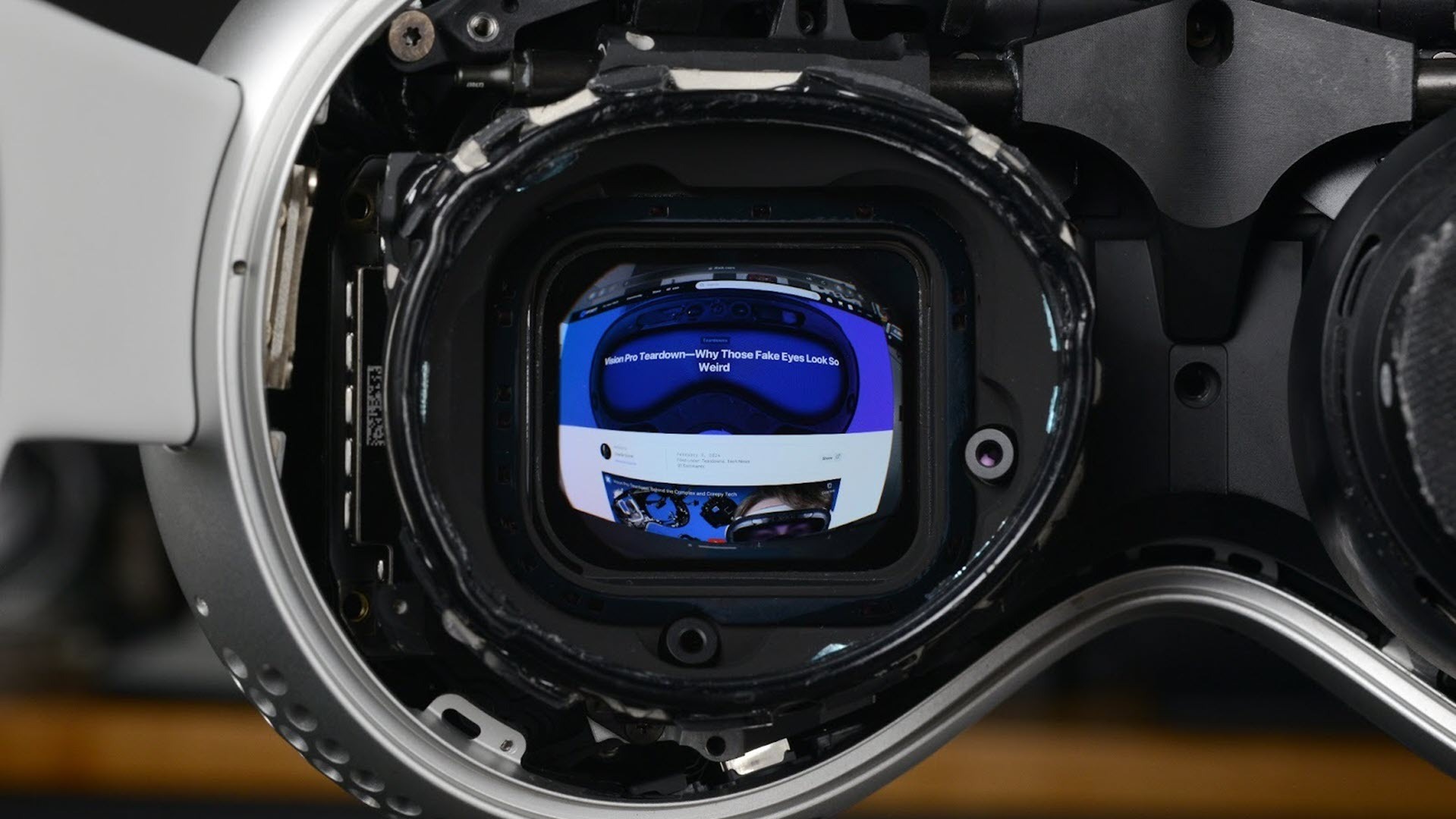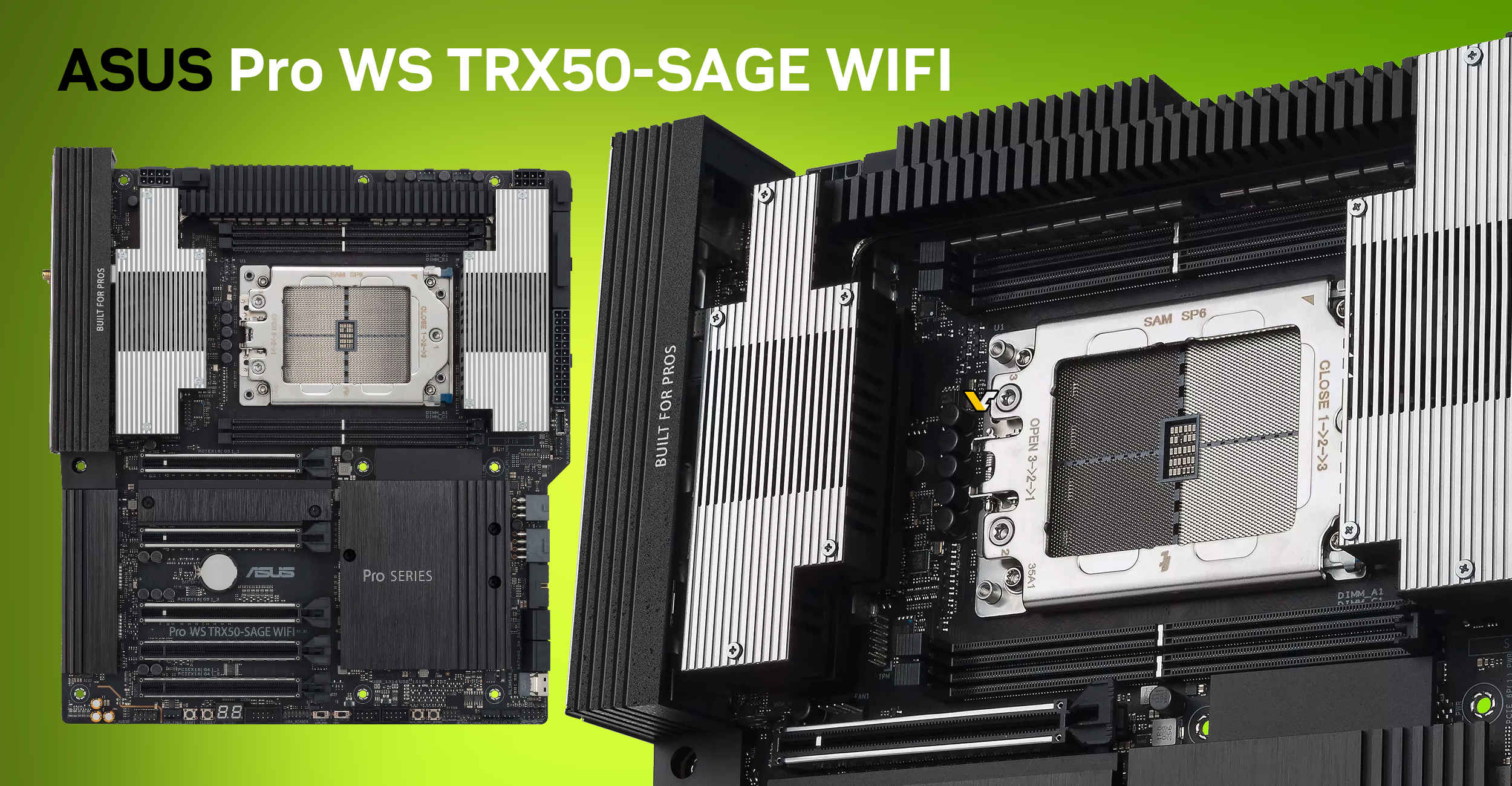Yes, CPU temperature readings can be incorrect due to sensor errors or software issues. Misinterpretations of sensor data can also lead to inaccurate temperature measurements.
Monitoring CPU temperature is vital for ensuring that your computer runs efficiently and avoids damage from overheating. It’s essential to use reliable software and periodically recalibrate sensors to maintain accuracy. A misreading could prompt unnecessary troubleshooting or cause a user to overlook a genuinely overheating CPU, potentially leading to hardware failure.
Ensuring your computer’s cooling system is clean and functional can help maintain correct temperature readings and prolong the life of your components. Seek professional advice if you suspect your CPU temperature readings are consistently off, as this can be an indication of a more serious issue.

Credit: www.pcmag.com
Unpacking Cpu Temperature Sensor Technology
Unpacking CPU Temperature Sensor Technology involves understanding the intricacies of how your computer’s brain stays cool. Undoubtedly, temperature plays a crucial role in a CPU’s performance and longevity. High temperatures can hinder performance, while very high temperatures can cause damage. Therefore, the accuracy of CPU temperature readings is vital. But what if these readings are inaccurate? Let’s delve into the mechanics and technology behind these sensors to see how they work and the factors that might lead to incorrect temperature reports.
The Mechanics Of Cpu Thermals
Every CPU generates heat as it operates. The rate at which a CPU produces heat correlates with the workload it handles. To keep temperatures in check, various cooling solutions, such as heatsinks and fans, are applied directly over the CPU. These solutions are essential to dissipate heat efficiently and maintain optimal operational temperatures.
- Heat Generation: Depends on CPU usage and voltage.
- Cooling Solutions: Includes air, liquid, or sometimes, passive cooling.
- Temperature Targets: Usually below 80-90°C for most CPUs.
Sensor Tech: How It Works
Modern CPUs include built-in digital temperature sensors that provide real-time thermal data. These sensors are typically located within the CPU or in close proximity to ensure accurate temperature readings. The motherboard’s BIOS or UEFI firmware often accesses this data and uses it to control cooling mechanisms. Consistent and accurate temperature monitoring is critical for effective thermal management strategies.
| Sensor Location | Sensor Type | Function |
|---|---|---|
| CPU Die | Digital Thermal Sensor (DTS) | Monitor, report CPU temps |
| Motherboard | External Sensor | Enhance cooling control |
| Software | Monitoring Applications | Visualize temps for users |
While sensors are sophisticated, several factors might cause a misread, leading to inaccurate CPU temperature readings. Incorrect sensor calibrations, software errors, or faulty hardware are common culprits. Thankfully, these are usually fixable issues. Users suspecting erroneous readings should check for software updates, recalibrate sensors if possible, or consult with a professional to diagnose potential hardware problems.
Common Misconceptions About Cpu Temperatures
When it comes to understanding CPU temperatures, several myths can mislead even the most tech-savvy among us. The heat generated by your processor is a hot topic, filled with misinformation and speculation. Let’s debunk these myths and set the record straight.
Myths Versus Facts
Many misunderstandings revolve around what denotes a ‘normal’ CPU temperature. What seems too hot for one system could be just fine for another. Here, explore the reality behind common CPU temperature myths.
- A hotter CPU means it’s working harder: Not necessarily. Different CPUs have different operating temperatures.
- ‘Normal’ temperature is the same for all CPUs: Every CPU model has its own temperature range.
- Lower temperatures equal better performance: Up to a point, but too cold can be just as bad as too hot.
- You can trust all software readings: Software can sometimes give inaccurate readings.
Interpreting The Numbers Right
Understanding CPU temperatures involves more than just looking at a single number. Context matters. Comparing your readings to the recommended ranges for your specific CPU is key. Remember that variations occur due to factors like workload, airflow, and ambient temperature.
| Component | Ideal Range | Action Point |
|---|---|---|
| CPU Idle Temp | 30°C – 40°C | Monitor Regularly |
| CPU Load Temp | 70°C – 80°C | Check Cooling Solutions |
Use benchmark tests and compare the results with official data from the CPU manufacturer. Regular monitoring using reliable tools gives a better understanding over time.
Factors That Affect Sensor Accuracy
Factors That Affect Sensor Accuracy are crucial to understand when monitoring CPU temperature. Computer enthusiasts and professionals alike rely on these readings. Yet, sometimes they may be misleading. Let’s delve into the main factors that can cause discrepancies in CPU temperature readings.
This section discusses the physical restrictions of sensors in measuring CPU temperature.Physical Sensor Limitations
Every sensor comes with its specific range and tolerance. Intel® and AMD® processors have built-in digital thermal sensors. Yet, sensor quality varies with each model and brand. Higher-end CPUs might provide more precise readings due to better quality sensors. Age and wear of sensors can also lead to less accuracy over time.
- Tolerance Levels: Defined error margins in sensor readings.
- Placement: Location of the sensor on the motherboard can affect the reading.
- Calibration: Manufacturing defaults may need manual correction.
Software Influence On Readings
Different software tools can show varying temperature readings for the same CPU. This variance occurs because software interprets sensor data differently. Sensor data goes through layers of abstraction and processing. These layers can introduce errors.
| Software Tool | Type of Reading | Potential Variance |
|---|---|---|
| BIOS/UEFI | Raw Sensor Data | Minimal |
| Windows Task Manager | System Interpreted | Moderate |
| Third-Party Tools | Software Processed | Varied |
Some programs account for sensor quirks, while others do not. Updating the software might improve accuracy. A mismatch between software and hardware might lead to incorrect readings. It’s important to select reliable tools and compare readings across multiple programs.
- Check for software updates regularly.
- Compare readings using different tools.
- Consider software known for accuracy.

Credit: www.techspot.com
Troubleshooting Misleading Temperature Readings
Imagine wondering if your computer feels hotter than usual. You think your CPU might be cooking! But, can CPU temperature readings be wrong? Yes, they can. Let’s dive into troubleshooting misleading temperature readings. Follow these steps to ensure your CPU’s health.
Identifying Potential Errors
Firstly, recognize signs that the temperature might be incorrect. Look for:
- Sudden temperature spikes when you’re not running heavy programs.
- Unusual system behavior like random shutdowns or performance drops.
- Inconsistent readings from different monitoring software.
These signs may indicate incorrect temperature data. Now, let’s fix it.
Calibration And Validation Steps
Calibrating your CPU’s temperature sensors is crucial. Follow these steps:
- Open your computer’s BIOS settings when starting up.
- Select the hardware monitor or equivalent.
- Check the CPU temperature against your software’s readings.
- If there’s a big difference, you may need a firmware update.
- Use a reliable third-party application for a second opinion.
- Contact the manufacturer if issues persist.
Validating temperature accuracy keeps your CPU safe and performance smooth.
Real-world Implications Of Erroneous Cpu Temps
Imagine your car’s temperature gauge giving false readings. Just like a vehicle’s engine, your device’s CPU–its electronic brain–relies on accurate temperature readings for optimal performance. Incorrect CPU temperature readings can mislead users and systems alike, leading to performance hitches or even premature hardware failure. Let’s delve into how false CPU temperatures can impact our digital experience and the longevity of our devices.
Effects On System Performance
A CPU temp error might trick a system’s cooling mechanism. Fans may spin slower or faster than needed. This can lead to:
- Unnecessary noise: Overactive fans create a noisy environment.
- Reduced efficiency: Energy is wasted spinning fans not needed at full speed.
- Thermal throttling: CPUs slow down to avoid overheating, causing lags.
Long-term Consequences For Hardware Lifespan
Inaccurate temperature readings over time can be harmful. Think of it as a silent device killer. High temperatures wear components out faster. On the flip side, consistently underestimating temperatures could lead to:
| Issue | Impact |
|---|---|
| Overheating | The silent killer of CPUs, often resulting in irreparable damage. |
| Cooling System Failure | Coolants and fans can fail prematurely due to being overworked. |
| Shortened CPU Life | CPU lifespan drops, leading to earlier-than-expected replacements. |

Credit: onlinelibrary.wiley.com
Enhancing The Reliability Of Temperature Measurements
Keeping a close eye on CPU temperature is key for smooth computer operation. Yet, sometimes measurements might not reflect reality. Enhancing the reliability of these readings ensures your system runs efficiently and safely.
Best Practices To Follow
Fine-tuning the accuracy of CPU temperature starts with some simple steps:
- Ensure proper ventilation: Adequate airflow helps maintain accurate readings.
- Check sensor seating: If a sensor is not seated well, it can give false data.
- Update BIOS/UEFI: This can fix known issues with temperature monitoring.
- Use quality thermal paste: A better paste improves heat transfer from CPU to cooler.
- Regular maintenance: Dust removal aids in keeping temperature sensors spot on.
Advanced Tools And Techniques
For users craving deeper insights and more precise data, there are advanced options:
| Tool/Technique | Function | Benefit |
|---|---|---|
| Infrared thermometers | Measure surface temps without contact | Non-intrusive and quick readings |
| Thermal cameras | Visualize temperature distribution | Detect hotspots not shown by sensors |
| Hardware monitoring software | Provide real-time temp data | User-friendly & detailed analysis |
| External sensors | Additional temp checkpoints | Confirmation of internal sensor readings |
Remember, picking the right tool and learning to use it correctly can significantly boost measurement accuracy.
Frequently Asked Questions Of Can Cpu Temperature Be Wrong
Can Cpu Temperature Sensors Be Inaccurate?
CPU temperature sensors can sometimes provide inaccurate readings due to factors like sensor malfunctions, incorrect placement, or poor calibration. It’s recommended to cross-reference with alternative temperature monitoring tools for verification.
What Causes False Cpu Temperature Readings?
False CPU temperature readings often stem from software glitches, outdated BIOS, or failing hardware. Ensuring system updates and using reliable monitoring software can mitigate these issues.
How To Verify Cpu Temperature Accuracy?
To verify CPU temperature accuracy, cross-check the readings with multiple temperature monitoring programs. Also, check for BIOS updates and inspect for any hardware issues that might affect sensor accuracy.
What’s The Normal Range For Cpu Temperature?
Normal CPU temperatures typically range between 40°C to 70°C under standard operational conditions. However, this can vary based on CPU model and workload.
Conclusion
Monitoring CPU temperatures is crucial for safeguarding your computer’s health and performance. Misreadings can happen, but by using reliable software, regularly cleaning hardware, and ensuring proper cooling, you can maintain accurate readings and prevent potential issues. Remember, staying informed helps keep your system safe and efficient.



